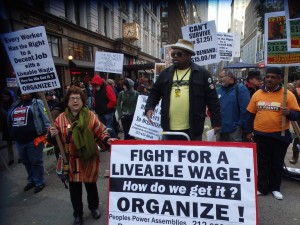Share
Follow Us
The threat of losing your identity is something that is growing. Attackers are becoming smarter, and are finding new ways to steal your identity. You need to be ready to stop this from happening. The number of attacks happening within companies is alarming, and they need to step up their protection, in order to save identities from being stolen.
Losing your identity is very serious, and this can be done in so many ways: from your mail, getting pick pocketed, or even stealing your credit card. Those are just a few of the ways that someone can steal your identity. This takes away everything that you have. Luckily there is a method to all of this madness, and it’s investing in ID theft protection.
ID Theft Protection: It Works!
Investing in something like ID theft protection might sound crazy, but it’s one of the smartest things to do. Your identity is basically your life, and without it, you have nothing! More than 15 Million people suffer from ID theft annually, and nearly 100 Million Americans are at risk of having their identity stolen! 
There are so many ways you can start protecting what’s important to you. LifeLock is one of the leading providers for ID theft protection, and is just one of many services out there. The best way to lower the risk of attacks on identity, is to consider these 5 actions:
- Detect and block attacks that target known vulnerabilities – If you know what some of your weak spots already are, begin there by upping the protection levels.
- Deploy security solutions that mitigate automated attacks – Know the difference between a human and a bot.
- Learn from peers – If your business is similar to one that has had ID theft issues, learn from them.
- Consider multiple layers of security to protect data – Rely on more than just an ID theft protection service, and use other services that work hand in hand with it.
- Attack distribution is burst-oriented and far from consistently distributed – There’s not always a pattern to follow, you have to always be prepared for worst case scenarios.
With ID theft growing to be a big problem for companies, you need to always be aware of your surroundings. Keeping an eye out for the protection of your identity is key. But just being aware isn’t going to be enough. To sign up for ID theft protection, click here!
Share
Follow Us
The post 5 Corporate Secrets to Effective ID Theft Protection appeared first on Ultimate Identity Protection Services.
Share
Follow Us!


